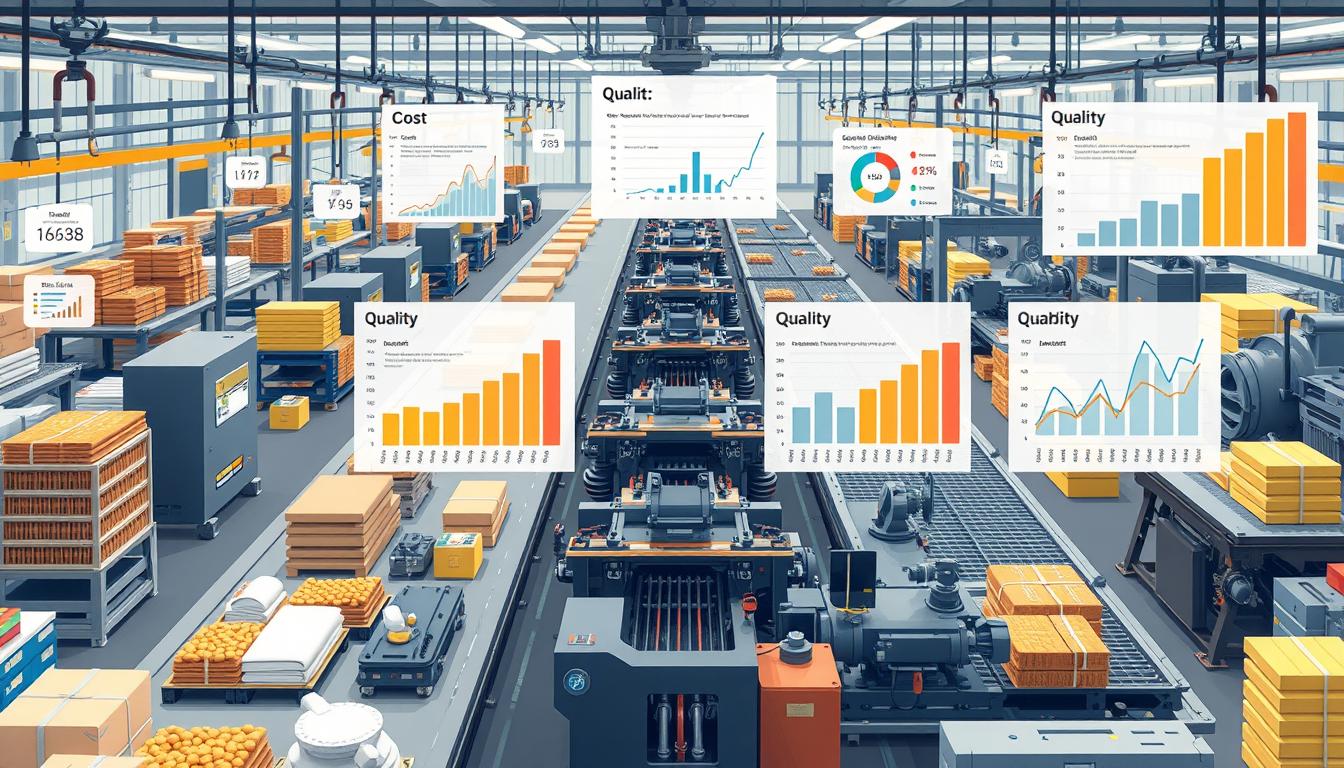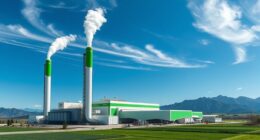Unveiling the enigma of NFT art involves embracing a new digital ownership landscape. You aren’t just purchasing art; you’re acquiring unique tokens that verify authenticity and value on the blockchain. This transformation challenges conventional ideas, enabling artists to showcase their creativity in innovative ways. Influential artists like Beeple and PAK have set the example, demonstrating the potential for substantial earnings. As the metaverse continues to grow, you can immerse yourself in virtual galleries and connect with a dynamic community. There is a wealth of activity unfolding in this revolutionary space, and delving into these aspects can enhance your understanding and appreciation of NFT art.
Key Takeaways
- NFTs represent unique digital ownership, allowing artists to claim authenticity and provenance through blockchain technology.
- The evolution of NFT art highlights a shift in ownership and value, challenging traditional art norms and methods.
- Influential artists like Beeple and PAK redefine creativity, pushing boundaries and gaining mainstream recognition in the digital art space.
- The metaverse enhances art engagement, enabling virtual galleries and real-time transactions that foster community connections among art enthusiasts.
The Essence of NFTs

NFTs represent a revolutionary shift in digital ownership, allowing you to uniquely claim and trade one-of-a-kind assets in a virtual environment.
Unlike traditional assets, NFTs are non-fungible, meaning each token holds distinct value and can't be exchanged on a one-to-one basis. This uniqueness establishes a new sense of ownership in the digital domain, where assets like digital art, music, and virtual real estate thrive.
With NFTs, you can prove authenticity and provenance through blockchain technology, ensuring that your claimed asset is verifiable and secure. This paradigm challenges conventional ideas of ownership, enabling you to engage with art and collectibles in ways that were previously unimaginable.
As the market evolves, NFTs continue to redefine creativity and value in a digital-first world.
Evolution of NFT Art

Since their inception, NFT art has rapidly transformed the digital landscape, evolving from simple digital collectibles to a vibrant marketplace that challenges traditional art norms. You can see this evolution reflected in the various platforms and artworks gaining popularity. Here's a snapshot of key moments in NFT art history:
| Year | Event | Significance |
|---|---|---|
| 2012 | Introduction of Colored Coins | First NFTs introduced |
| 2017 | Launch of CryptoKitties | Popularized digital pets |
| 2021 | Beeple's $69.3M sale | Mainstream recognition of NFT art |
This progression illustrates how NFT art has grown, attracting diverse artists and collectors while reshaping the future of digital ownership and artistic expression.
Influential NFT Artists

As the NFT art marketplace continues to expand, several influential artists have emerged, shaping the landscape with their unique creations and record-breaking sales.
PAK stands out as the highest-grossing artist, raking in $291.7 million, particularly known for his powerful piece 'Clock.'
You might remember Beeple's shocking $69.3 million sale of 'Everydays: The First 5000 Days,' which set a high bar for digital art.
SNOWFRO, founder of Art Blocks, has carved out a niche with generative art.
Tyler Hobbs and XCOPY also contribute to this vibrant scene, with Hobbs focusing on positive themes and XCOPY exploring dystopian narratives.
Each of these artists not only boosts the market but also challenges traditional perceptions of art and ownership in the digital domain.
Navigating the Metaverse

Exploring the metaverse opens up a dynamic world where digital art and commerce collide, transforming how you interact with and experience art.
You can navigate virtual galleries, attending exhibitions without geographic limitations. Buying NFT art becomes seamless, with transactions happening in real-time using cryptocurrencies.
As you explore, you'll discover diverse platforms that showcase emerging artists, allowing you to support their work directly.
Additionally, social interactions within these spaces foster community, enabling you to connect with other art enthusiasts and creators.
Engaging with NFT art in the metaverse not only enhances your appreciation but also challenges traditional concepts of ownership and value, enriching your overall experience in this evolving digital landscape.
Trends in Digital Art

Digital art is rapidly evolving, with new trends reshaping how you create, share, and appreciate artistic expression in the virtual domain. As an artist or enthusiast, you'll notice several key developments:
- Generative Art: Algorithms are generating unique pieces, pushing the boundaries of creativity.
- Augmented Reality (AR): Artists are integrating AR to enhance viewer interaction and experience.
- Collaborative Projects: Artists are teaming up to create multi-dimensional works, expanding perspectives.
These trends not only redefine artistic possibilities but also foster a vibrant community that thrives on innovation and collaboration.
Embrace these changes, and you'll find new avenues to express your creativity.
Career Paths in NFT Space

The booming NFT space offers diverse career paths that cater to various skills and interests, from artists creating unique digital works to tech professionals developing platforms for trading and showcasing these assets.
If you're an artist, you can explore creating and marketing your own NFT art, tapping into a global audience.
For those with a tech background, consider roles in blockchain development, smart contract programming, or building NFT marketplaces.
Marketing and community management positions are also essential, as they help artists connect with buyers and fans.
Additionally, legal experts specializing in digital rights can navigate the complex landscape of NFT ownership.
No matter your background, the NFT space provides countless opportunities for innovation and growth.
Balancing Health and Entrepreneurship

Balancing health and entrepreneurship is essential for sustaining long-term success in today's fast-paced business environment. When you prioritize your well-being, you enhance your ability to make sound decisions and foster creativity in your work.
Here are four strategies to help you maintain this balance:
- Set clear boundaries: Define your work hours to guarantee personal time.
- Practice mindfulness: Engage in activities like meditation to reduce stress.
- Stay active: Incorporate physical activity into your routine for increased energy.
Can NFT Art contribute to Daily Learning and Unlocking Intelligence?
Investing in NFT art can unlock your intelligence daily learning. Engaging with digital art can broaden your knowledge and creativity, allowing you to explore new perspectives and ideas. By immersing yourself in NFT art, you can expand your understanding of different cultures, history, and art movements, contributing to your daily learning and intelligence.
Conclusion
As you journey through the vibrant landscape of NFT art, you're not just witnessing a trend; you're stepping into a new era of creativity and ownership.
Like a key opening a treasure chest, NFTs reveal endless possibilities for artists and collectors alike.
Embrace this evolution, explore the metaverse, and let your imagination flourish.
By understanding and engaging with this digital world, you're not just a spectator—you're an active participant in shaping the future of art.









